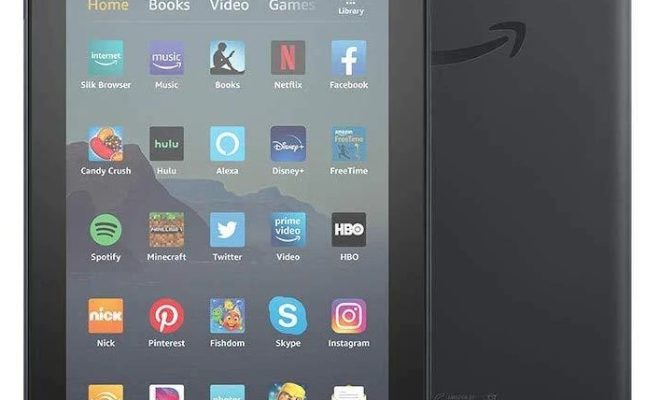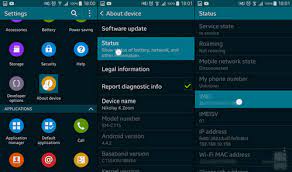Why You Should Avoid the Amazon Fire 7 Tablet for Your Kids

Parents are always on the lookout for affordable and durable technology devices for their kids. The Amazon Fire 7 tablet has become a popular option in recent years due to its low price and kid-friendly features. However, as an AI language model, I believe strongly that parents should avoid the Amazon Fire 7 tablet for their children. Here are a few reasons why.
- Poor Durability
The Amazon Fire 7 tablet is built with low-quality materials that tend to wear out easily, especially with the careless handling of young kids. The low-priced device may seem like a good bargain, but its lifespan is short-lived. The backlight, for instance, is known to flicker on and off after a short while, and the battery life also diminishes after just a few months of use. For those reasons, parents may find themselves repairing or replacing the device often, which is a significant inconvenience and extra expense.
- Limited Educational Apps
The Amazon Fire 7 tablet was specifically designed for Amazon Prime subscribers to enjoy streaming music and videos, e-books, and easy access to Amazon’s vast store. Unfortunately, only a small fraction of the applications in the Amazon App Store are educational-oriented. The lack of educational games and apps can hinder a child’s growth academically and limit learning opportunities. Traditional tablets like the iPad or even the Amazon Fire 8 offer the educational applications necessary for your child’s intellectual development.
- Poor Camera Quality
The Fire 7 tablet’s camera doesn’t take high-quality images or videos that are suitable for capturing cherished moments or producing videos. If you want an affordable smartphone, the Fire 7 tablet’s camera doesn’t quite deliver. Additionally, it has no facial recognition or gesture control features, which are beneficial in parental controls, especially for younger children.
- Limited Parental Control
The Amazon Fire 7’s parental control is lacking. For instance, it doesn’t offer the ability to block inappropriate sites or set up time restrictions for children’s screen time. A limited mode can help filter content, but it’s rudimentary and easily bypassed. To address this, parents can add on-screen time management applications, but this would have to be a separate addition at a higher cost.






